If you’re into preserving food, you might have come across the technique – vacuum sealing or vacuum packing. Like all other food preservation techniques, vacuum packing extends the life span of most of your produce. However, there are a few foods that you should not vacuum seal.
Read on to learn which food items are not safe for vacuum packing.
Quick Content Navigation
The Vacuum Packing Technique?
Vacuum packing or reduced oxygen packaging (ROP) keeps food fresh for a longer time. In doing so, food retains the flavor and its nutritional value but the lack of oxygen prevents or slows down the process of food spoilage. However, it is important to note that there are some foods that you can not vacuum seal.
Food spoilage occurs due to microbial (yeast, mold, and fungi) growth and activity, or oxidation of fats. When we vacuum pack food, it:
- Creates an anaerobic environment that is unfavorable to microbial growth.
- Prevents food from becoming rancid by halting the evaporation of volatile components of the food while retaining its moisture content.
A side note here is that some foods contain anaerobic bacteria which thrive in a vacuum-sealed environment. We will address this below, but these are foods you should not vacuum seal.
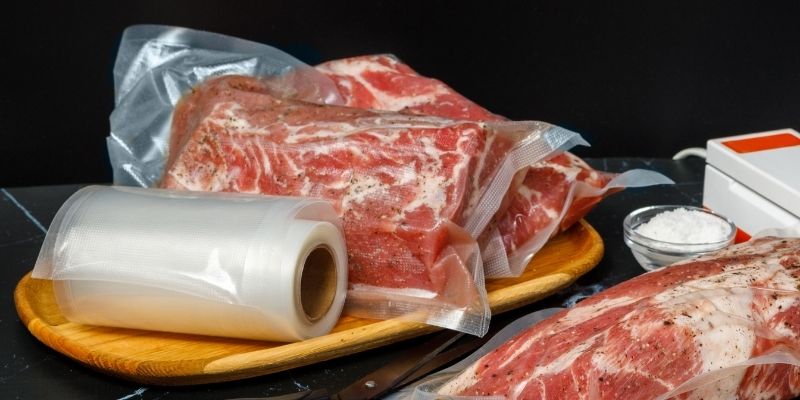
Benefits Of Vacuum Packing
- Besides extending the shelf-life and preserving the freshness of produce, vacuum packing is one technique that does not use any chemicals or preservatives.
- It protects the produce from freezer burn. This is a condition that occurs when dehydrated food comes in contact with air.
- Moreover, by vacuum packing, you can store items neatly and compactly in your pantry, refrigerator, or freezer.
What Should You Not Vacuum Pack?
You can use your vacuum sealer to preserve and store meat, pickles, fresh produce, sauces, and pre-packaged meals. However, some produce like garlic, onions, cruciferous vegetables, and cheeses should not be vacuum-packed.
Why?
With these products, vacuum packing can have the opposite effect and cause food to spoil quickly. The vacuum environment is favorable to the growth of anaerobic bacteria present in them.
This means the bacteria can grow even in the absence of air and the food when consumed can damage our health. For safety purposes, it’s essential that you understand why the following foods must not be vacuum-sealed:
Garlic, Onions, and Mushrooms
Vacuum packing these products are harmful as:
- Anaerobic bacteria present in these can thrive which may cause botulism.
- When preserved raw, these products emit a gas that can expand and break the seal, rendering the vacuum sealing process ineffective.
- Raw mushrooms have high water content and are more susceptible to freezer burn if vacuum-sealed.
How to Vacuum pack:
Before vacuum packing:
- Cook onions and garlic as this will get rid of the gases present.
- Steam and blanch mushrooms to retain their texture, flavor, and nutrition.
- You can also wash and dry the mushroom using air-drying or home food dehydrators and vacuum seal the dried mushrooms.
Once vacuum sealed, refrigerate or freeze them until required. Dried mushrooms re-hydrate very well for soups, stews and casseroles.
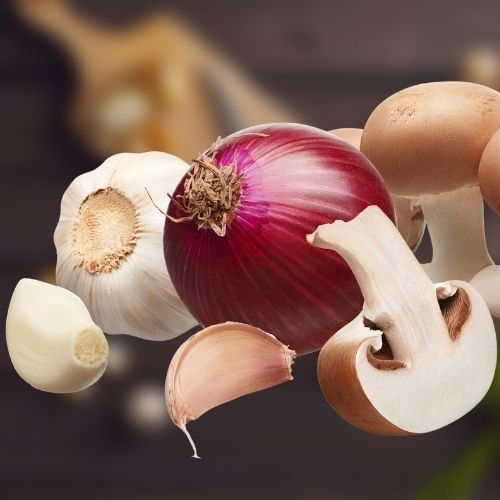
Vacuum Packing Soft Cheese
Blue cheese, brie, ricotta, and other unpasteurized cheeses are rich in water content and have listeria bacteria in them. Low and freezing temperatures can only inhibit its growth and not effectively kill them.
If vacuum sealed improperly, the bacteria will grow and cause Listeriosis, which is harmful to expectant mothers, newborns, older people, and people with low or weakened immunity.
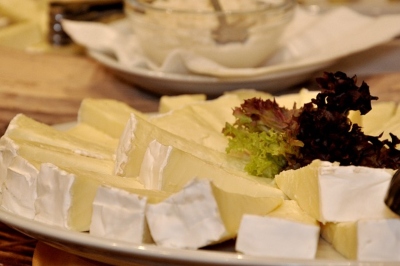
How to Vacuum Pack:
Soft cheeses can be vacuum packed, only after the water content has been removed. Additionally, the cheese must have room to breathe to stay fresh.
Therefore, wrap your cheese in cheese paper, wax or parchment paper. This will both absorb the excess moisture and give it room for breathing. You can safely vacuum pack the wrapped cheese and refrigerate or freeze it.
Remember to change the wrapping paper regularly. With high moisture content, the paper will become soaked very quickly.
Vacuum Paking Cruciferous Vegetables
Raw cruciferous vegetables such as broccoli, cauliflower, bok choy, wasabi, and others can not be vacuum-sealed. When raw they emit a gas that reduces its color, flavor and causes spoilage.
It is important that you not vacuum seal these vegetables immediately after cooking or steaming. High temperatures can nurture the growth of bacteria.
How to Vacuum Pack:
Depending on the type of vegetable, boil them first for between 1-5 minutes. This renders enzymes that emit the gases inactive.
Next, blanch them in cold water, to prevent further cooking which will leach the nutrients.
Once they have been cooled to room temperature, allow them to dry and vacuum seal them in bags. If stored in the freezer, they will last for many months.
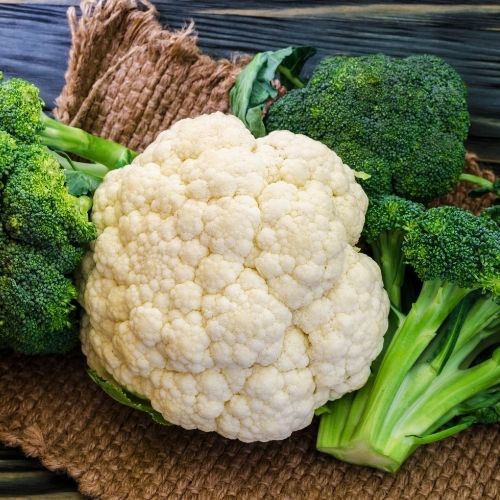
Conclusion
It is important that you understand which foods are safe and those you should not vacuum seal. Improper vacuum packing of the above products can cause you to become very ill.
That being said, it is not that you can’t vacuum seal these products. Certain foods must be properly prepared before they are safe to vacuum seal.
Some must be cooked, others wrapped and some dehydrated before they can be vacuum-sealed.
Keep your family safe by knowing how to vacuum pack these foods and by knowing when they should not be vacuum-sealed.
Read more about home food preserving equipment and food processing.

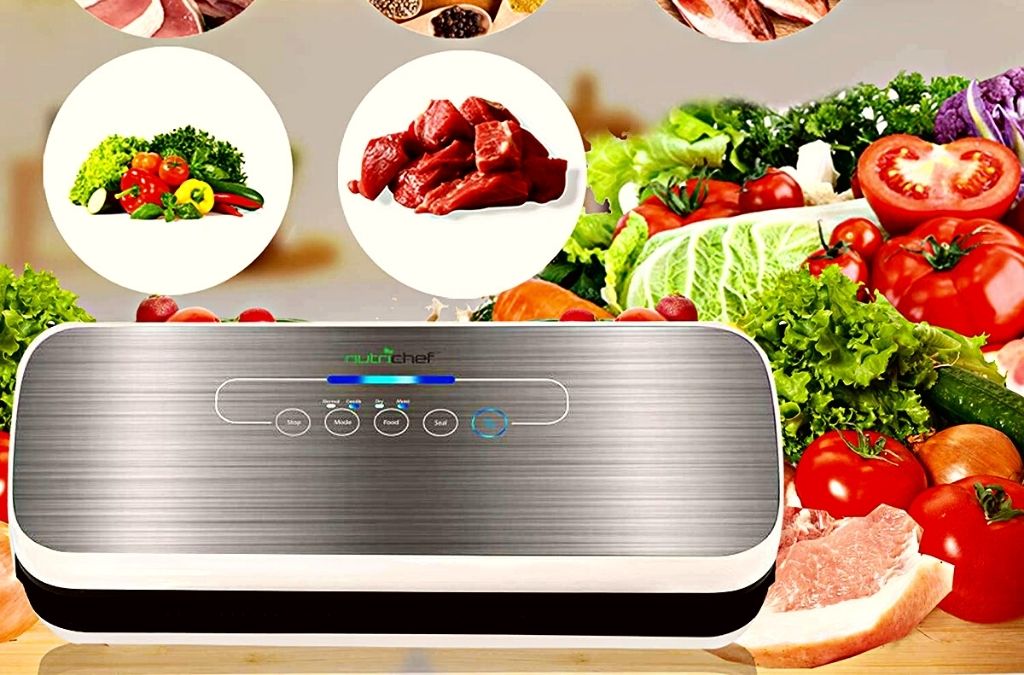
 Hi! I’m Sally-Anne!
Hi! I’m Sally-Anne!